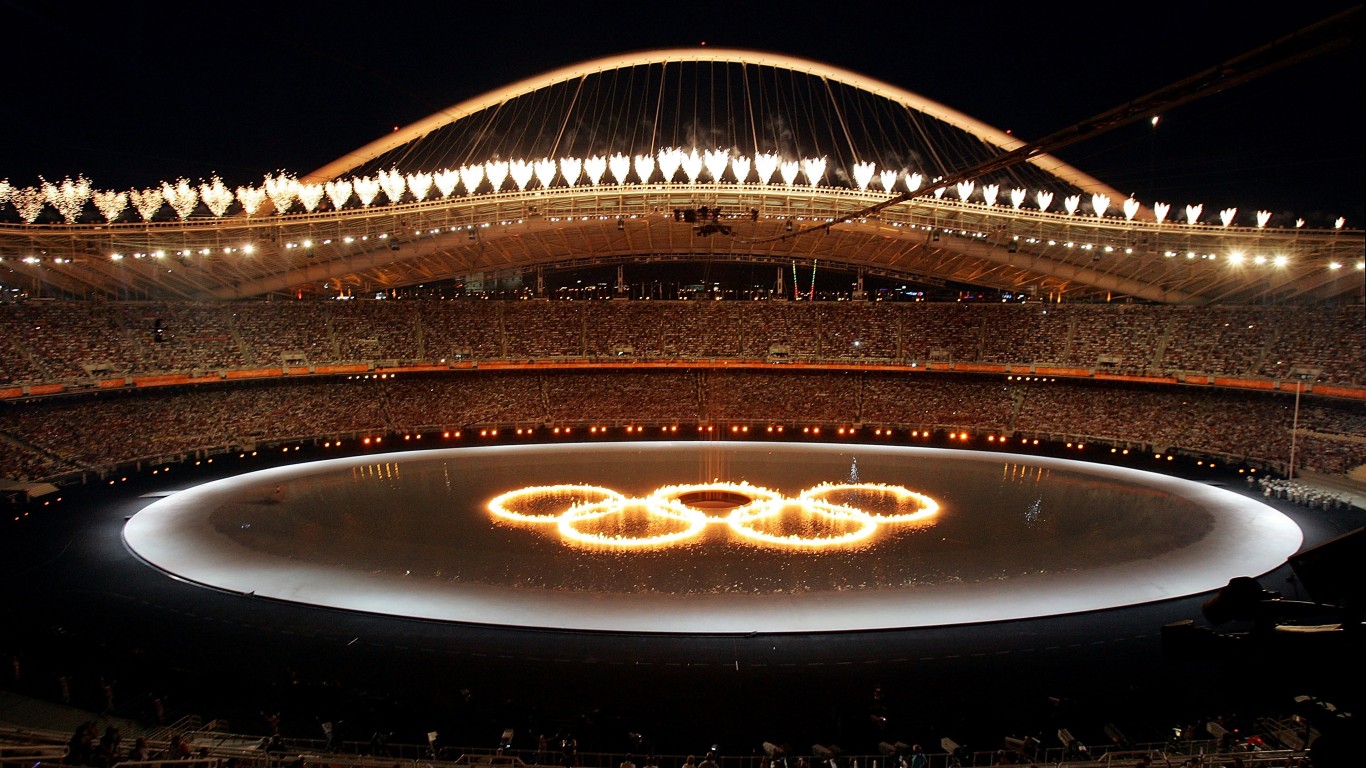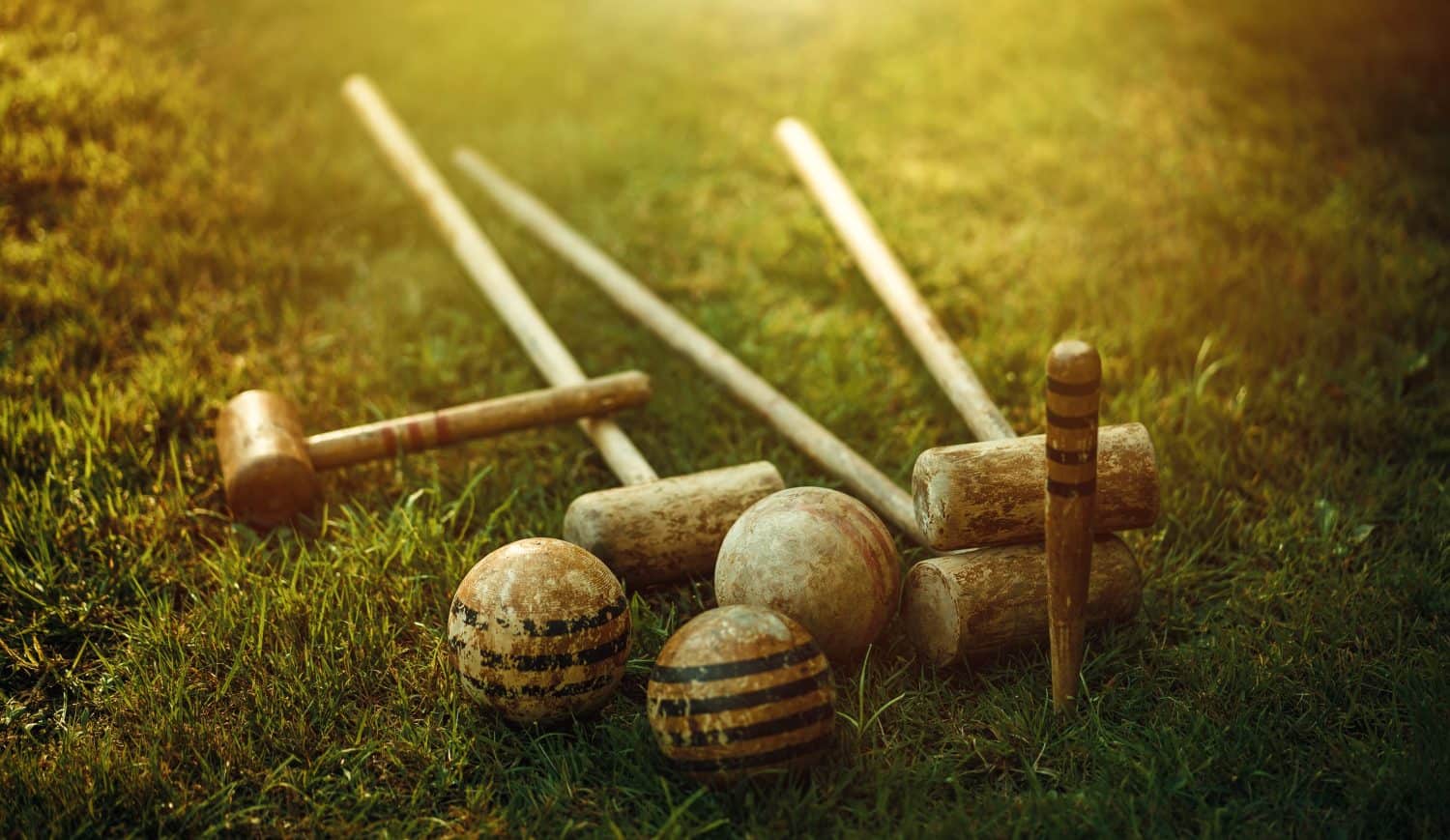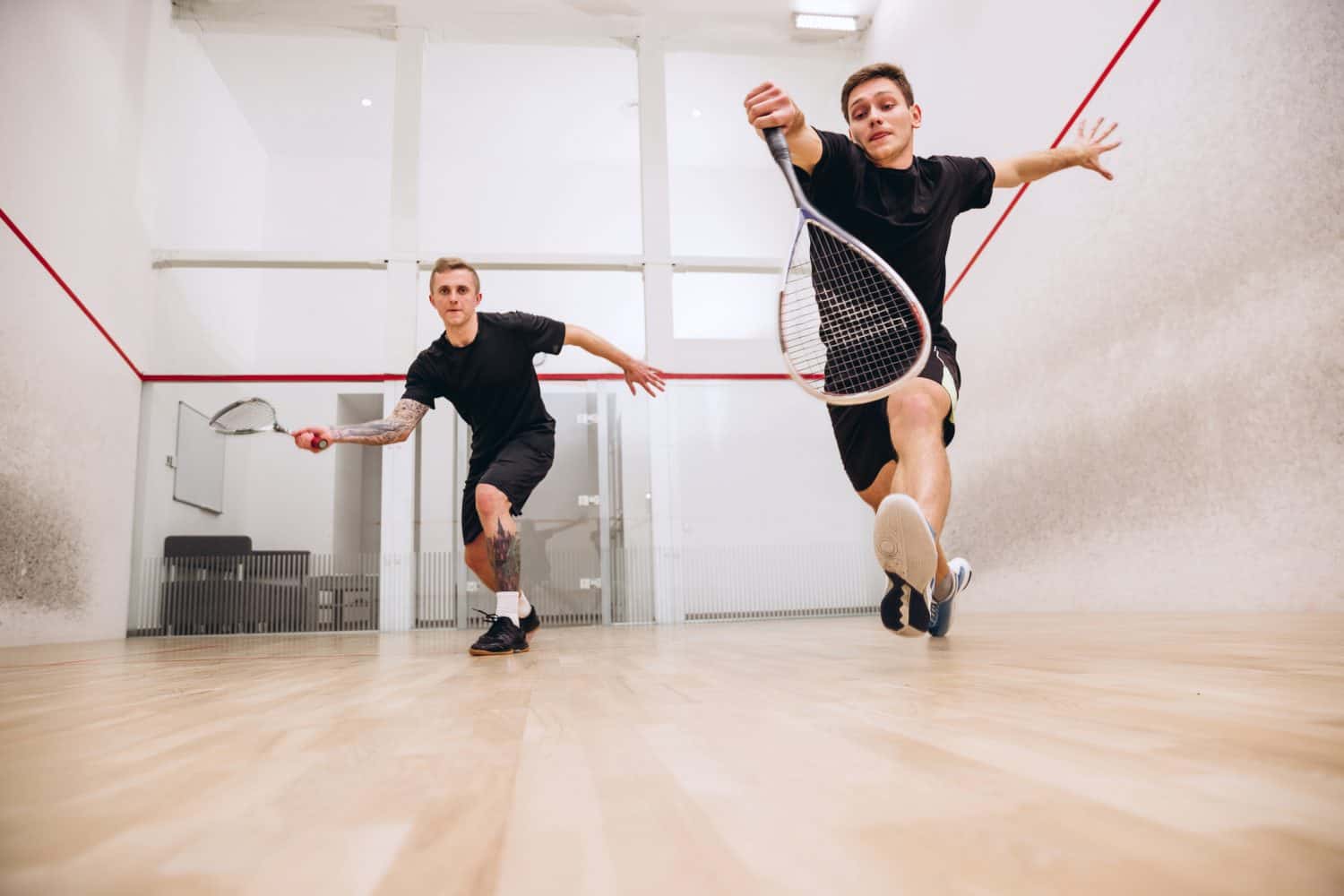The Olympic program is a living entity that changes as public interest changes. While many sports used to have considerable followings, times have changed and people become interested in new things. This altering landscape has resulted in some loss of interest in the Olympic Games, especially among young people who aren’t as interested in the featured sports. Thus, the International Olympic Committee (IOC) is assessing the Olympic program to include more interesting sports for the incoming generations.
In recent years, the IOC has moved to only include new sports when they also discontinue existing ones. Doing it this way prevents the overall program length from increasing while also leaving plenty of space for demonstration and unofficial sports designated by the host region. Let’s look at Olympic sports that are no longer on the Summer Olympics program.
Choosing sports for this list was relatively easy as there are published compendiums on the Olympic programs, including ones that have lists of depreciated sporting events. From there, we did additional research regarding the sports that were previously included in the program.
We also researched the processes of adding sports to the Olympic program and looked at the shortlist of sports that have been slated for inclusion. We researched each sport thoroughly to determine what years they were included in the program, why they were removed, and the history of the sport’s inclusion in the Olympics. Finally, we also looked to see if the international federation for each sport has lobbied for further inclusion in the Olympic program. (Also See 27 of the Biggest Summer Olympics Controversies in History)
Cricket
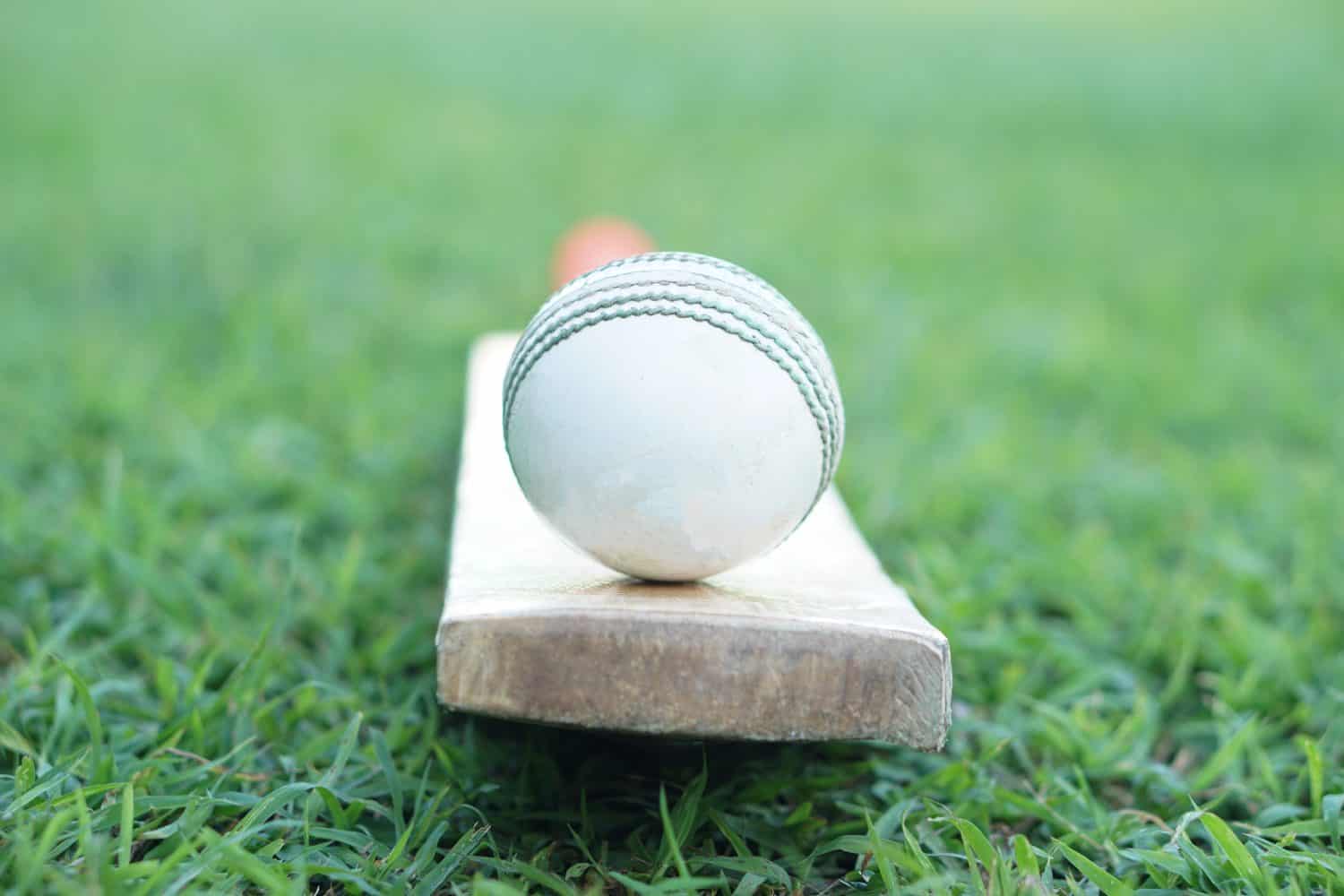
Most people in America have very little interaction with, or knowledge of, the world of Cricket. It is most popular in the U.K. and India. When the Olympics was re-established in 1896, the intent was to include Cricket in the official core program. The original program for the 1896 Olympics in Athens included an international Cricket tournament. However, due to a lack of competitors, the tournament in 1896 was canceled.
The following Olympic games in 1900 included a Cricket match. However, once again, there were few competing teams, certainly not enough to hold a full-scale tournament. The only participating teams in the 1900 Olympic Cricket match were Great Britain and the hosting nation, France. However, France’s Cricket team was deemed “mixed-nationality” as most of the competitors on the team were of English descent.
While interest in cricket has grown considerably since then, governing boards for International cricket teams, such as the Board of Control for Cricket in India (BCCI) and the England and Wales Cricket Board (ECB) had previously opposed the inclusion of Cricket in the Olympics. However, in 2015, the ECB withdrew their opposition formally. Reports state that opposition within the BCCI has also softened, leading to the International Cricket Council chief to state that “the time is right” for the reintroduction of Olympic Cricket.
As of now, Olympic-level Cricket is slated for reintroduction to the Olympic program starting in 2028 and confirmed for the program for 2032 as well.
Croquet
Croquet was included in the Olympic program just once in 1900. At the 1900 Summer Olympics in Paris, they held three medaled croquet events at the Games. As France supplied all 10 event participants, all Olympic Croquet medals were awarded to French athletes. The three events were one-ball singles, two-ball singles, and doubles. It’s unclear if the French doubles croquet winners had ever won a competition before competing at the Olympics and winning the Gold.
The Croquet event at the 1900 Summer Olympics technically satisfies all the requirements to be considered an Olympic event. Those are that, firstly, the event is only open to amateur athletes. Professional athletes are not welcome to compete. Secondly, the event must be open to all nations and all competitors. Finally, the event must not contain handicaps to be regarded as an Olympic event. It was thought that the Olympic croquet event included a competitor from Belgium, as the participant had a Flemish surname. However, we now know that he was a French competitor. Only one paying spectator attended the Croquet event at the Olympics.
Equestrian–Vaulting

This sport is most often described as “gymnastics and dance on horseback.” It has a long history in modern circuses. However, it originated at least two thousand years ago. The origins of the modern sport we know today developed in post-war Germany as an effort to bring more children into equestrian sports. Equestrian vaulting, or simply “vaulting” is one of the ten equestrian disciplines recognized by the International Federation for Equestrian Sports (Fédération Équestre Internationale or FEI). Additionally, therapeutic or interactive vaulting serves as an activity for children and adults who present with balance, attention, gross motor skills, or social deficits.
In the modern day, vaulting is most popular in Europe. However, its presence remains notable in most of the Western world. Germany and Switzerland have large and thriving vaulting communities. Vaulting was first introduced to the United States in the 1950s and 60s. However, at the time its presence was limited to California and other small pockets on the American West Coast. It began to gain a notable presence of popularity in the Northeast in the 2010s.
Vaulting was held as a medaled Olympic sport at the 1920 Antwerp Games. It was also demonstrated as an art during the 1984 and 1996 Olympic Games. However, since then it has been removed from the schedule and there are no moves to bring it back to the Olympic stage.
Equestrian–Driving

Like Vaulting, Equestrian Driving was included at the 1900 Olympic Games in Paris. Driving is a sport that tests the Driver’s ability and the horse’s speed, obedience, and athleticism in three phases with a carriage in tow. The sport dates back to the late Prince Phillip, Duke of Edinburgh, and simulates the mounted equestrian discipline of three-day eventing, the human equivalent of a triathlon.
Competitors in driving events can drive a turnout of horses or ponies in a single, pair, or team of four. During each phase of the competition, the competitors are awarded penalty points. The driver and pony/horse combination with the fewest penalty points at the end of the event will place first.
Equestrian driving was only ever included on the schedule for the 1900 Olympic Games and has not been included since then.
Equestrian–Polo

Equestrian Polo was first debuted at the 1900 Olympic Games. However, unlike Driving and Vaulting, it returned as a medaled event four times. The IOC held Olympic Equestrian Polo competitions at the 1908 London Games, 1920 Antwerp Games, 1924 Paris Games, and the 1936 Berlin Games.
The 1908 Olympic Equestrian Polo event had just three polo teams, all populated with English members and representing Great Britain. The 1920 Games had more Equestrian Polo teams, with teams from Belgium, Spain, the United States, and Great Britain. In 1924, at the Paris Olympics, the gold medal for Equestrian Polo changed hands when Argentina sent a team to compete. Argentina won the 1936 Equestrian Polo gold medal at Berlin as well.
The last time Equestrian Polo was held as a medaled event at the Olympics was at the 1936 Summer Olympics in Berlin. Since then, the event has been sidelined and shows no signs of returning in the near future.
Handball
Regarding the Summer Olympics, “Handball” refers to two distinct sports. Field handball was introduced at the 1936 Summer Olympics in Berlin with a men’s division—after that, it was dropped permanently. In 1952, field handball was a featured demonstration sport. However, it wasn’t until 1972 at the Summer Olympics in Munich when Indoor Handball would be introduced with a men’s division. The women’s division of Indoor Handball was added in 1976 in Munich and it has been a part of the Summer Olympics program since then.
However, since Field Handball was dropped in 1936, the sport has not been readded to the program as an official, medaled event.
Jeu de Paume

The only time that Jeu de Paume was held as an official, medaled event in the Olympics was at the 1908 Summer Olympics. In the Official Report of the 1908 Olympic Games, the name given for the sport is “tennis (jeu de paume)” while what we know as tennis now was called “lawn tennis.”
The outdoor version of the game, known as longue paume, was featured at the 1900 Summer Olympics in Paris. However, it’s unclear whether the event in this case was medaled. There are conflicting reports of medaling for longue paume at the 1900 Games. During the jeu de paume competition at the 1908 Summer Olympics, nations could enter up to twelve players. Only eleven players officially competed, representing two nations: two players were from the United States and nine were from Great Britain.
Karate
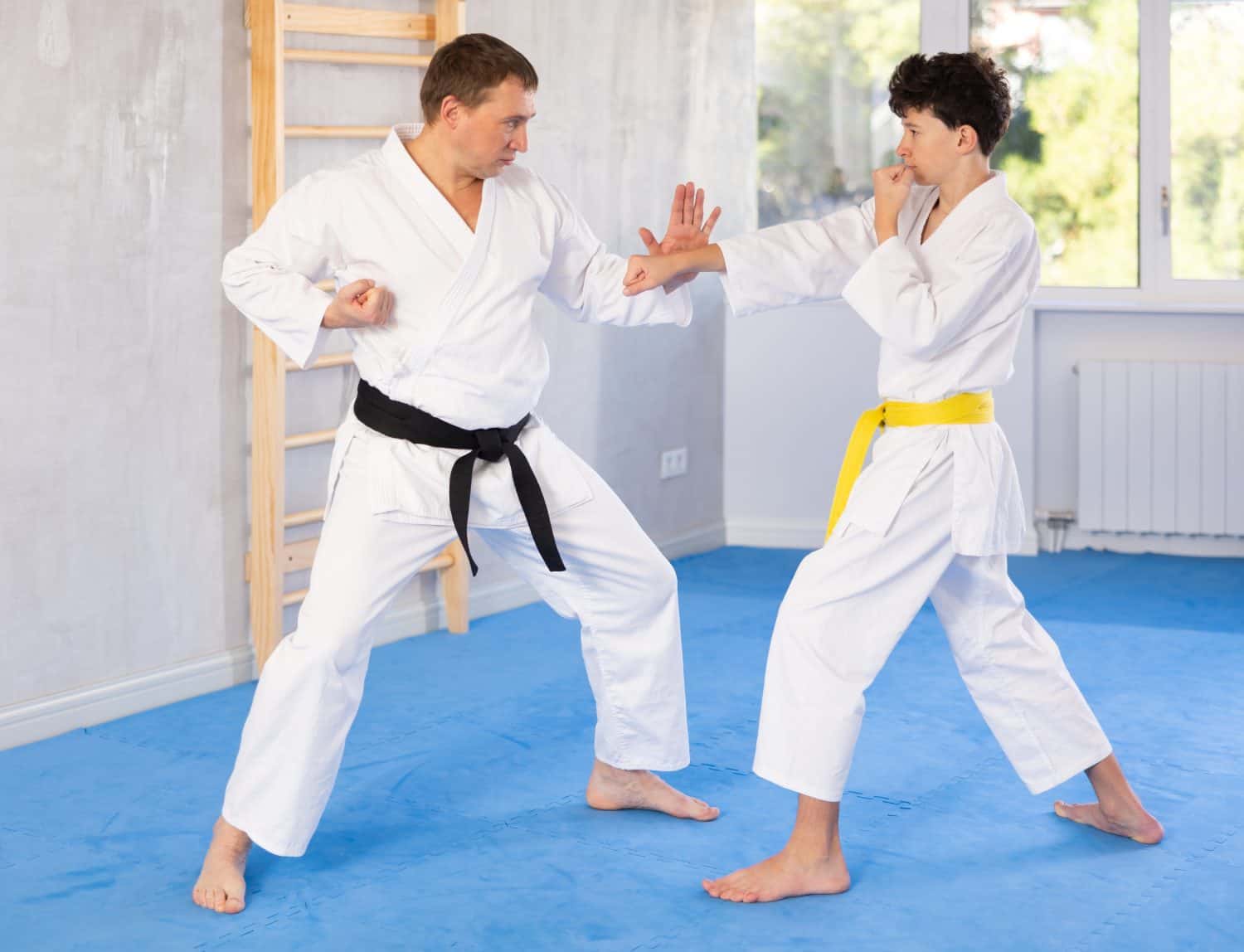
At the 2020 Tokyo Summer Olympics, Karate was approved to be an optional medaled event for the year. It was one of five sports that were approved that year and one of the two that did not make a return. The sport was announced for the shortlist for the 2028 Summer Olympics but was ultimately not selected to appear at the 2028 Los Angeles Games.
Olympic Karate featured two different events, Kumite and Kata. Sixty competitors competed in the Kumite competition and twenty in the Kata one. Both divisions were split 50/50 between men and women.
Bringing Karate to the Olympics is an effort that began in the 1970s. In 2009, Karate did not receive the two-thirds majority necessary to become an Olympic sport. The sport was being considered for inclusion in the 2020 Olympics, but in September 2013, the IOC decided against including Karate, along with Wushu and several other sports. In September 2015, Karate again made the shortlist for inclusion in the 2020 Summer Olympics. In 2016, the IOC announced its support for the inclusion of the sport in the 2020 Olympics. It has not been included in the 2024 or 2028 programs at the time of writing this article.
Lacrosse
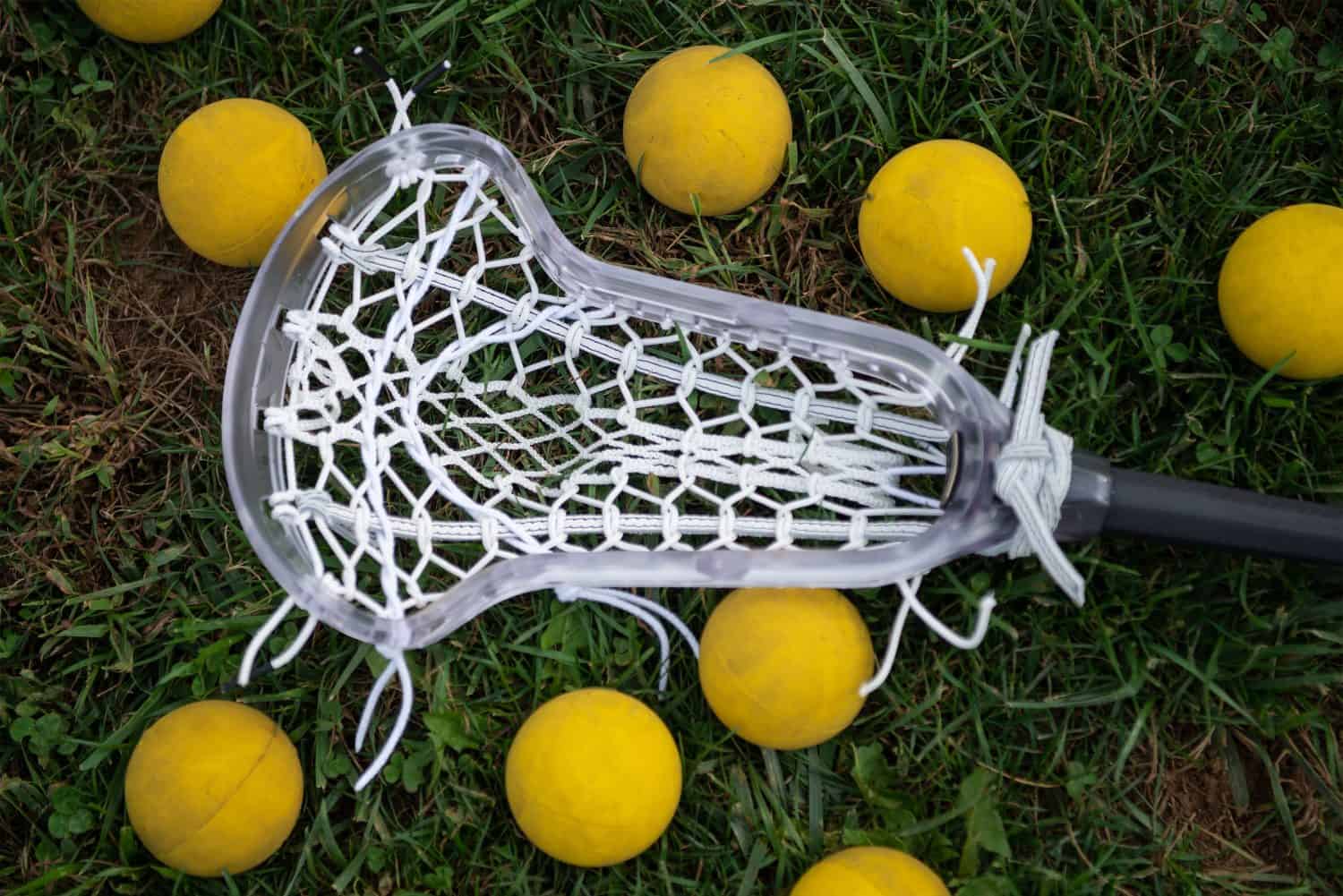
Competitors played Lacrosse at the Summer Olympics twice, in 1904 and 1908. In 1904, three teams competed in the Olympics in St. Louis, Missouri. One team was from the United States, and two teams were from Canada. In London in 1908, two teams competed in Olympic Lacrosse. One was Canadian, and one was from Great Britain. Despite not being included as a medaled sport since then, Lacrosse has been included as a demonstration sport three times, in 1928, 1932, and 1948, In 1928 and 1932, the United States sent the Johns Hopkins Blue Jays men’s lacrosse team. Then, in 1948, they sent the Rensselaer Polytechnic Institute’s team. Canada sent an all-star team in 1928 and 1932, and Great Britain sent an all-star team in 1928 and 1948.
Lacrosse will be returning to the Olympic stage in 2028 at the Summer Olympics in Los Angeles, where competitors will play lacrosse sixes.
Rackets
At the 1908 Summer Olympics in London, two official, medaled Rackets events were held. Only seven players competed and only British players ever competed in Rackets. Thus, Great Britain holds all the racket medals ever awarded. There has been no concerted effort to bring rackets back to the Summer Olympics. Rackets is somewhat similar to the related game, Squash Rackets. However, when you play Rackets, you use a hard ball on a relatively large, enclosed court where you use all four walls in play. Squash Rackets use a soft ball on a smaller court.
Roque
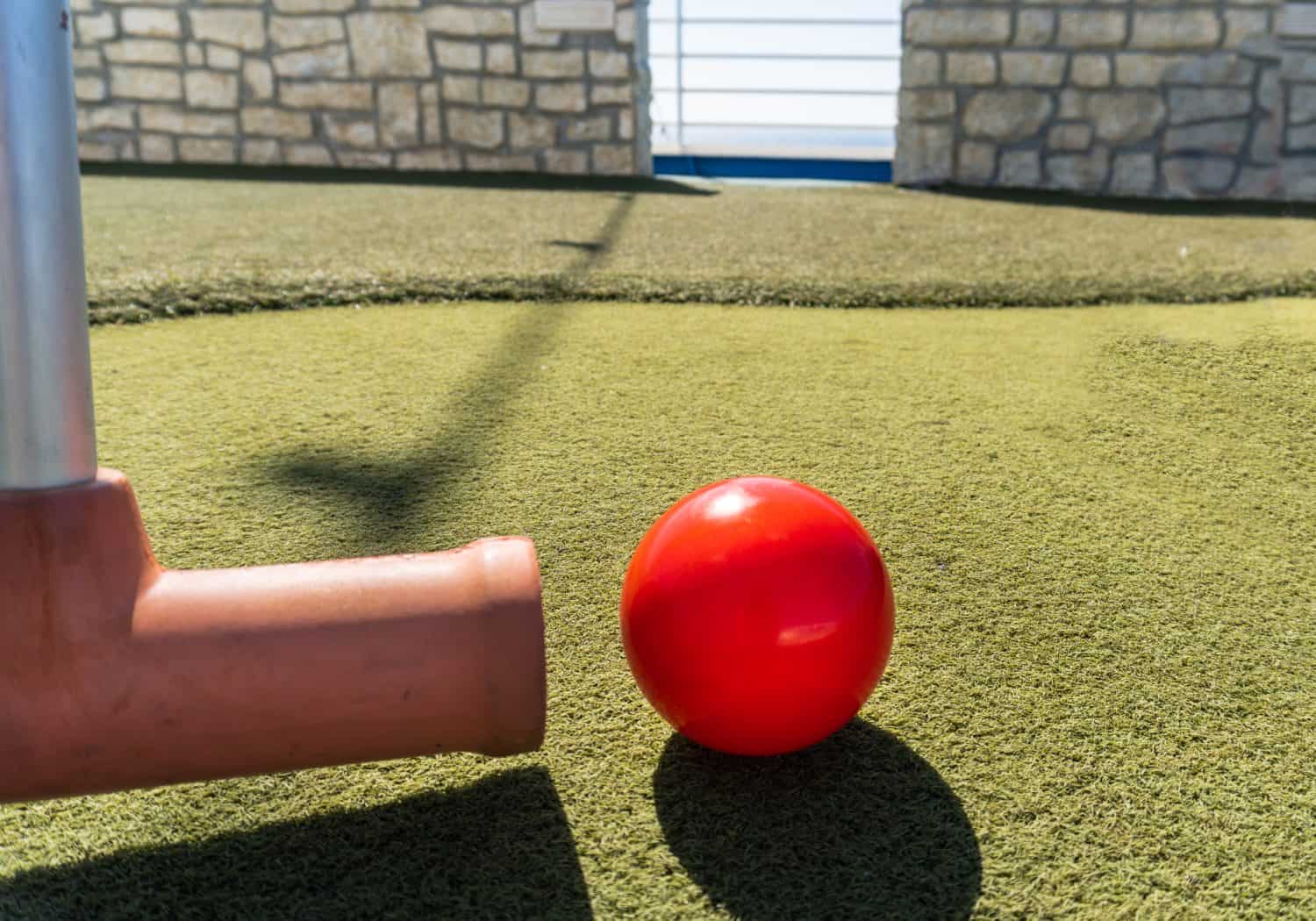
Roque is an American variation of croquet with a unique field that is hard and smooth, compared to croquet, which uses a grass field. It was popular in the first quarter of the 20th century and replaced croquet which had been present at the previous Olympic Games. The 1904 Olympic Games in St. Louis, Missouri were the only time that Roque was included in the Olympic program. The only players who participated in the event were from the United States and only four were present.
Rugby Union

At the 1900 Paris Summer Olympics, Rugby Union made its debut as a medaled sport. In the following years, it was featured at the 1908 London Games, 1920 Antwerp Games, and 1924 Paris Games. Shortly after the 1924 Summer Olympics, the IOC dropped Rugby Union as an official Olympic sport.
Efforts to bring Rugby Union back to the Olympic program. Finally, in 2009, the IOC voted to include the sevens version of the sport at the 2016 Summer Olympics in Rio de Janeiro. It was also featured on the 2014 Summer Youth Olympics program. Rugby Union was not included in the 2020 or 2024 Olympic programs.
Tug-of-War
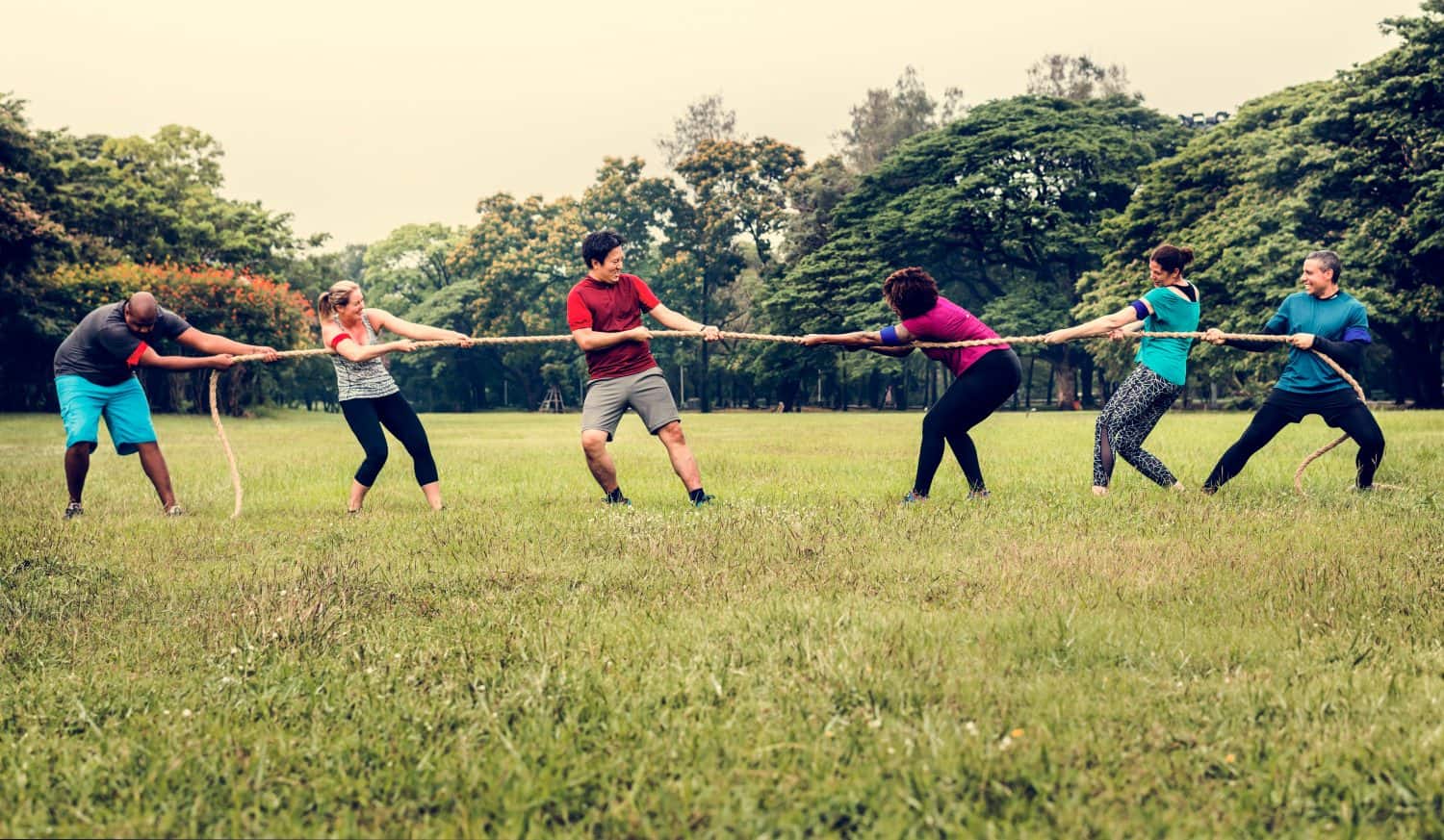
While it might sound silly, Tug-of-War used to be a decorated Olympic sport. It was contested as a medaled, team event from 1900 until 1920. Originally, groups called clubs competed in the event. A country could enter more than one club into the competition, enabling them to earn multiple medals. In 1904, the United States won all three medals. Then, in 1908, Great Britain won all three medals. Sweden also won two medals, one as a member of the mixed team.
Team sizes varied depending on the year. The first year that tug-of-war was included in the Olympic program, teams were made up of 6 members. However, in 1904, they were made of 5 members. Then, from 1908 until 1920 teams were made up of 8 members. There were also mixed nationality teams made up of pullers from multiple nations. In 1900, 3 pullers from Denmark and 3 from Sweden competed in a mixed team that won first place. The second-place team that year was also a mixed nationality team with 5 pullers from France and 1 from Colombia. Then in 1904, a team with 4 pullers from the United States and 1 from Germany won third place as a mixed nationality team.
When tug-of-war was featured at the Olympics, it was considered to be part of the athletics program. However, they are now considered distinct sports.
Water Motorsports

Water motorsports was held as an unofficial event in the 1900 Summer Olympics and again as an official, medaled event in 1908. It is the only motorsport to ever have been an official Olympic event. Due to discrepancies in reporting, the IOC has never officially recognized whether water motorsports events held at the 1908 Summer Olympics were considered “official” or not. Medals were awarded. However, art competitions were also awarded medals for several years despite not being considered “official” Olympic sports.
All three events—Class A Open, Class B Under 60 Feet, and Class C 6.5–8 meters—used the same distance of five laps around an 8-nautical-mile course for a total of 40 nautical miles. During the event, there was a gale blowing across the course that resulted in many of the boats being unable to complete the course. In all three events, multiple boats started the course but only one of those that started finished in all three competitions.
After its inclusion as a medaled event, the Olympic Charter banned motorsports. However, the ban has since been lifted. Despite this, there have been no concerted efforts to bring most motorsports, including Water Motorsports, back to the Olympics.
Skating
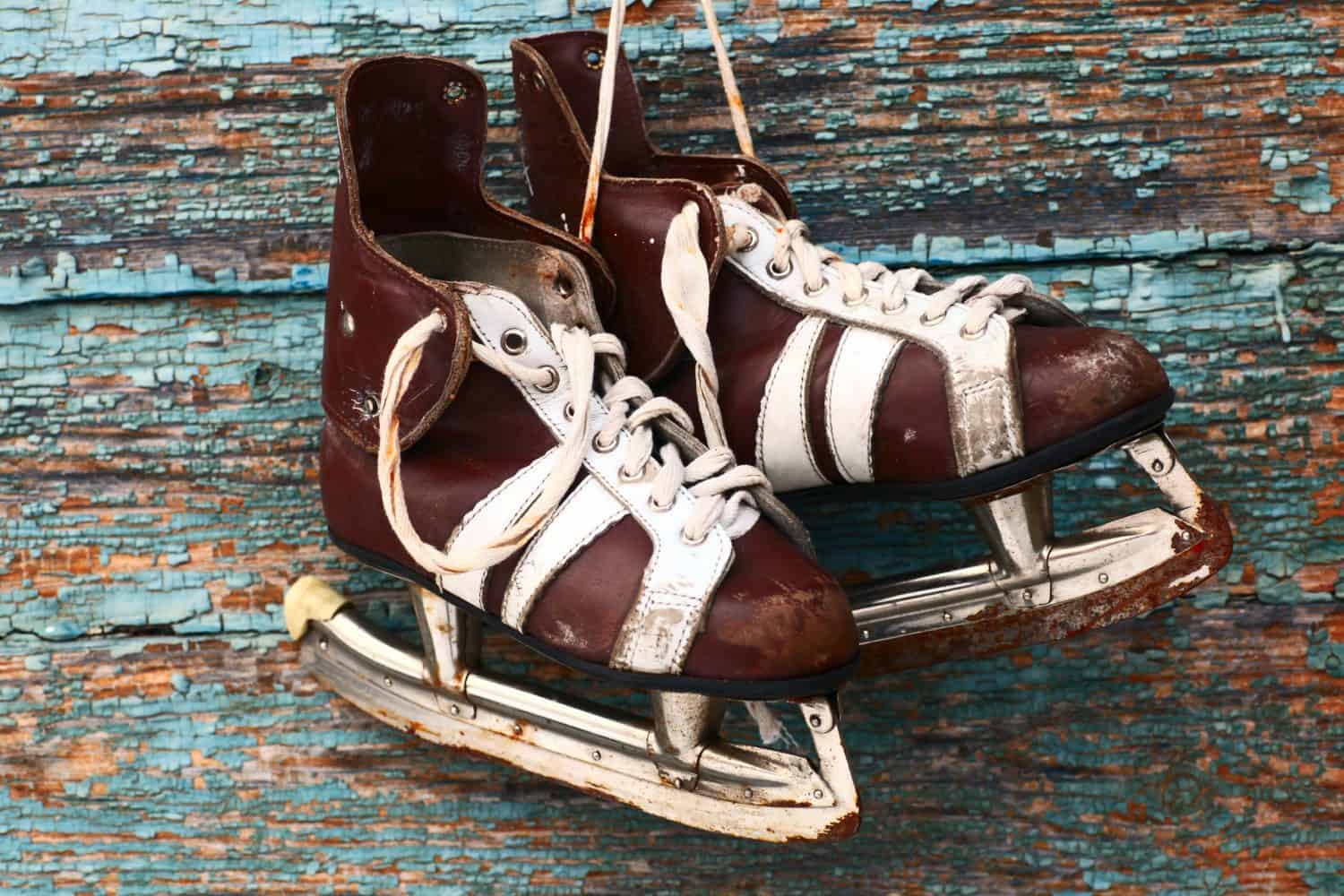
While this might be shocking, Skating used to be held at the Summer Olympics as the “Winter Olympics” was not yet an event. Figure skating first debuted at the 1908 Summer Olympics. However, starting in 1924, it was moved to the Winter Olympics program. Thus, it was removed entirely from the Summer Olympics program to avoid crossover.
Men’s singles, ladies’ singles, and pair skating were the first three disciplines of figure skating in the Olympics. In 1976, ice dancing was added as a medaled sport. Then in 2014, a team event debuted. Special figures were also contested at the 1908 Summer Olympics but were dropped after that. Synchronized skating has never been at the Olympics, but is aiming to gain recognition and entry into the program.
Ice Hockey
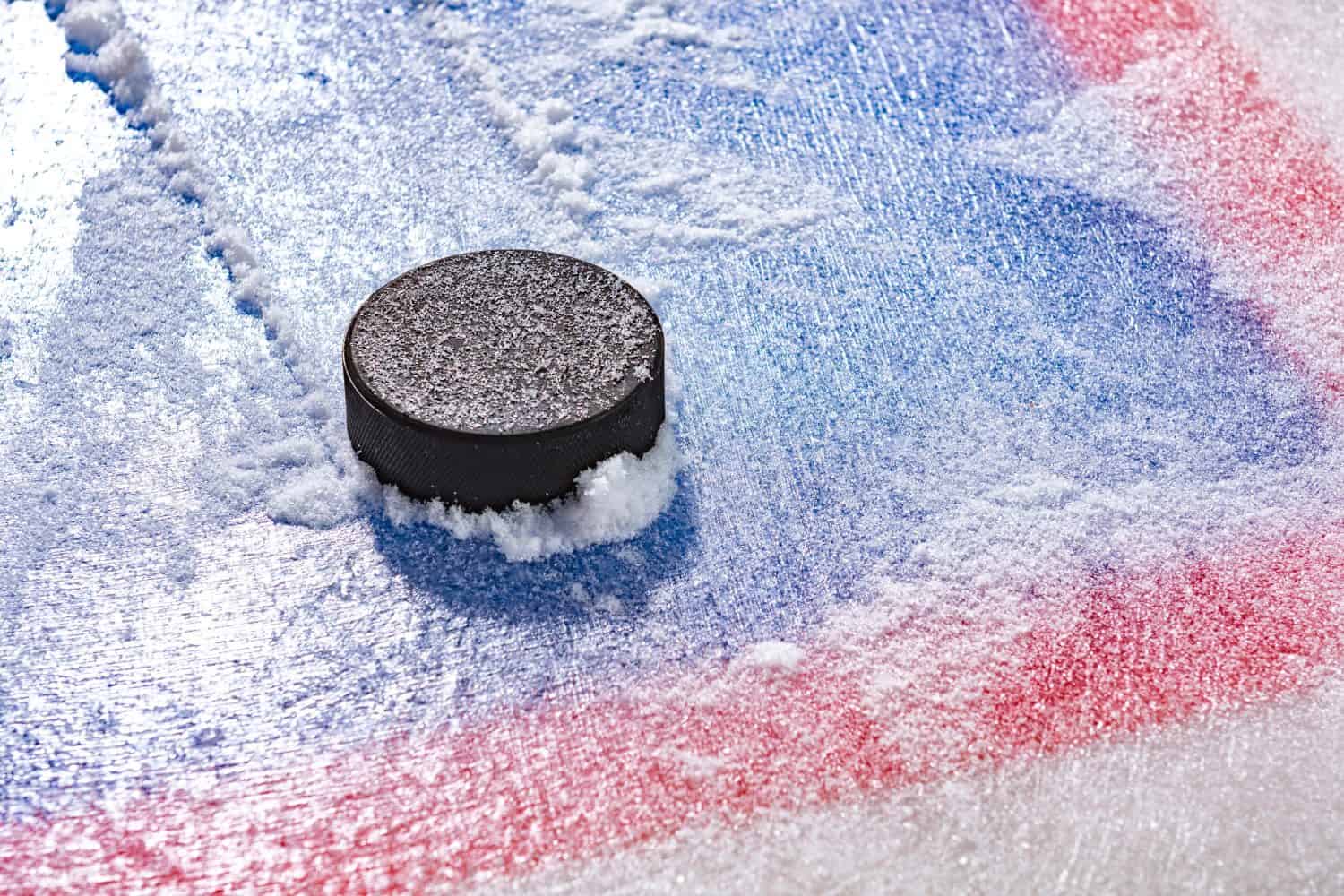
Like figure skating, this traditionally winter-focused sport could be performed indoors. Thus, the IOC approved it for the Summer Olympics before the Winter Olympics was established. In 1924, Ice Hockey was moved to the Winter Olympics. The men’s competition was introduced in 1920 and has been held every year since. The women’s tournament was first held in 1988 at the Winter Olympics and has been held every year since then.
Ice hockey was one of the primary events that caused the 1986 vote to allow professional participation in the Olympics. Before that year, the only people allowed to enter the Olympics were amateur athletes. However, the Eastern Bloc countries developed programs of state-sponsored “full-time amateur athletes” who would be paid by the government to train on a full-time basis. This practice put the self-sponsored amateurs of the Western countries at a disadvantage as they were not paid to train and had to hold other commitments while training.
The National Hockey League (NHL) was reluctant to allow its players to compete because the Winter Olympics take place in the middle of the NHL season. Thus, the League would have to halt its proceedings if many of its players participated. However, they eventually allowed their players to join the Olympics starting in 1998.
